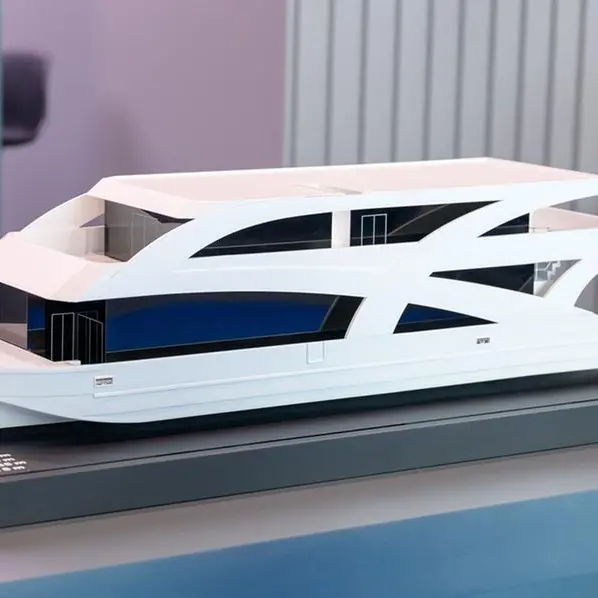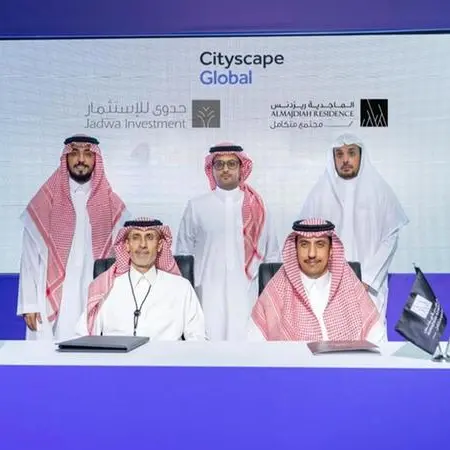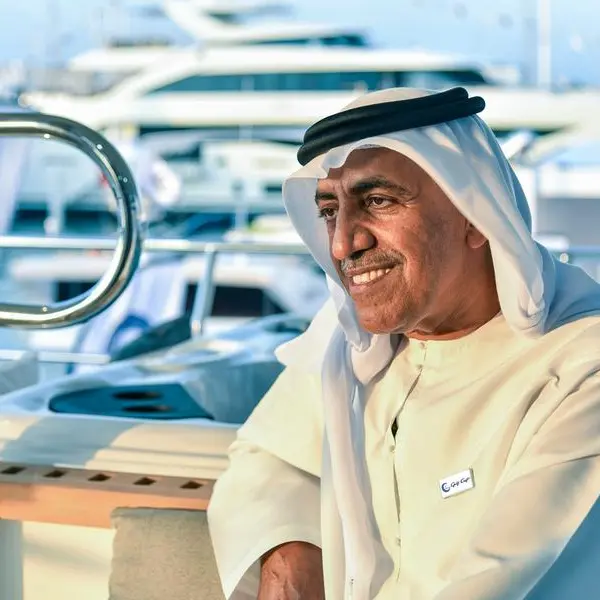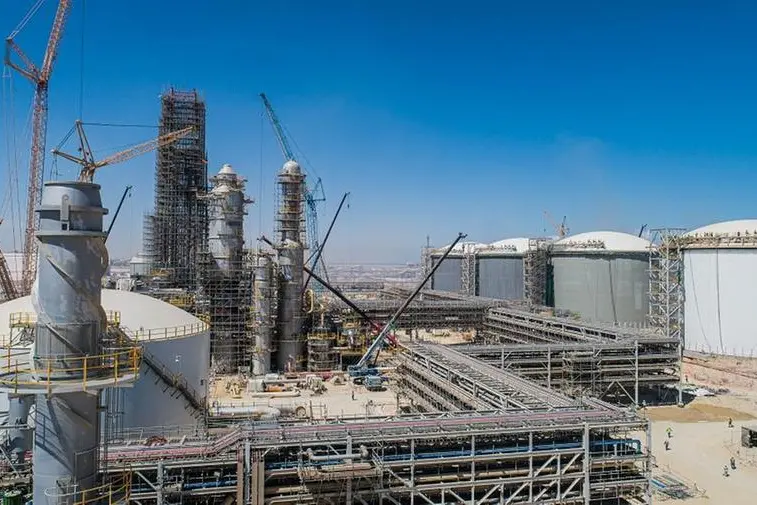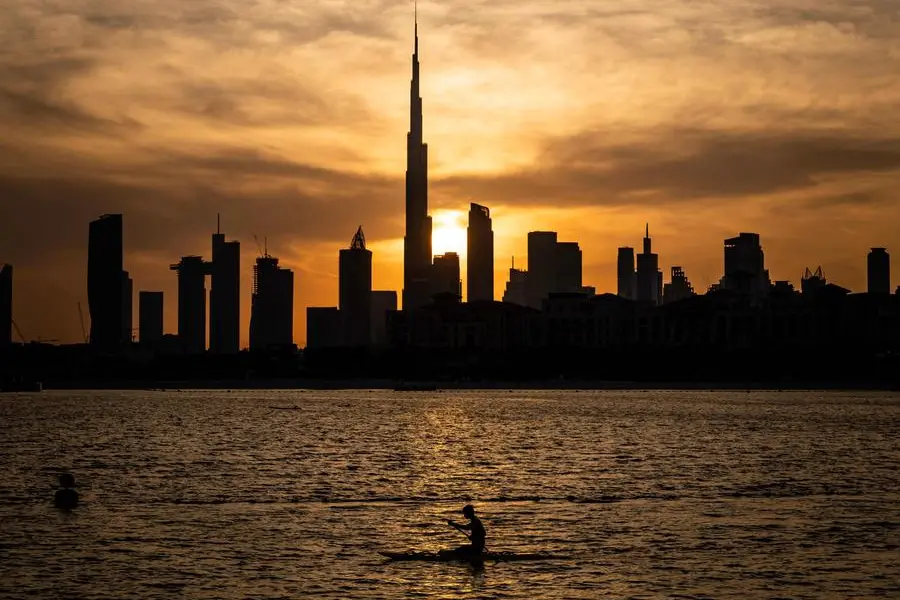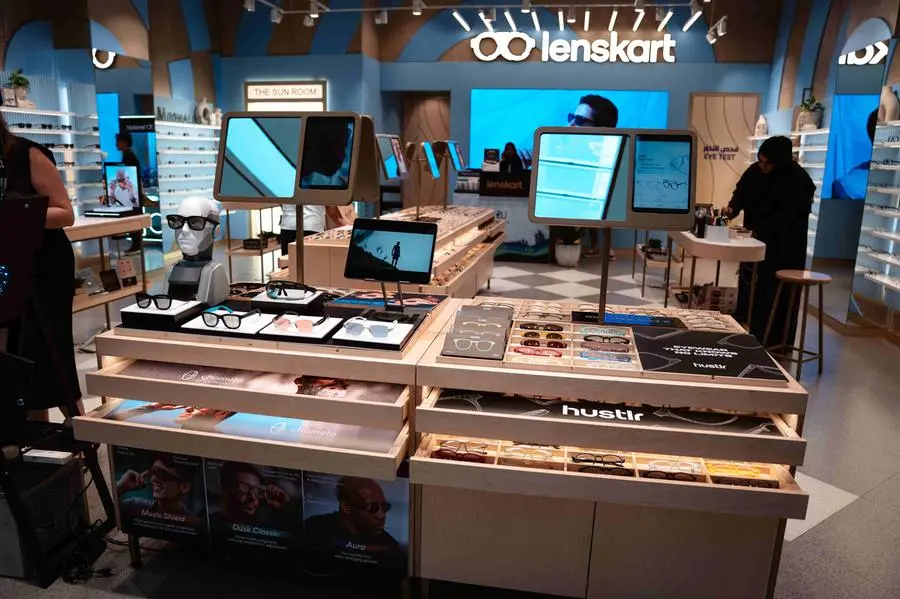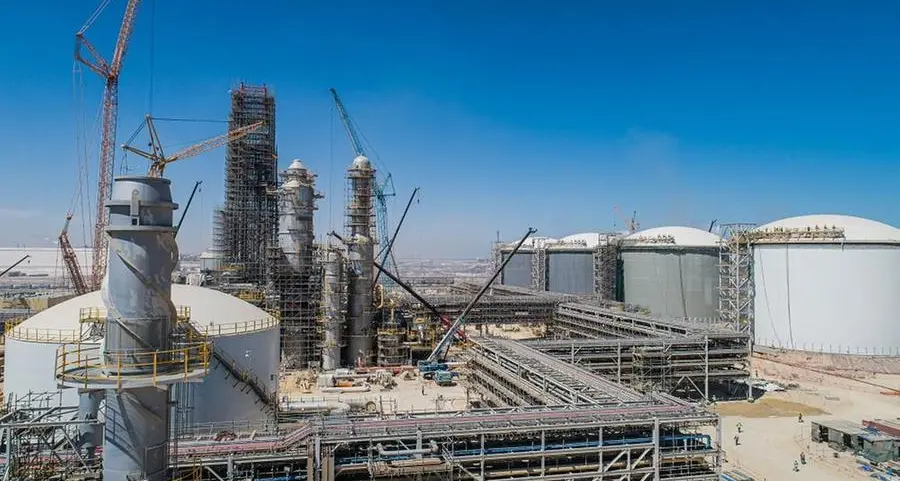Abu Dhabi : The consortium led by Rolls-Royce, which is creating a compact nuclear power station known as a small modular reactor (SMR), has revealed its latest design and an increase in power as it completes its first development phase on time and under budget. It also announced that it is aiming to be the first design to be assessed by UK regulators in the second half of 2021, which will keep it on track to complete its first unit in the early 2030s and build up to 10 by 2035.
Patrick Regis, Rolls-Royce’s CEO for the Middle East and North Africa region, explained that this is especially relevant for countries looking to accelerate their power generation output with low carbon energy. He said: “SMRs represent an ideal solution to meet the growing electricity demands in countries throughout the Gulf area, especially those focusing on sustainable sources of power like the UAE and Saudi Arabia. The population of the GCC has grown fourfold in its 40 years and with that, so too has the demand for power.”
As the power station’s design has evolved and improved, with more than 200 major engineering decisions made during this latest phase, the team has optimised the configuration, efficiency and performance criteria resulting in an expected increased power capacity, without additional cost, from 440 megawatts (MW) to 470MW.
The refreshed design features a faceted aesthetic roof with an embankment surrounding the power station to integrate with the surrounding landscape and a more compact building footprint, thanks to successes optimising the use of floor space.
Tom Samson, Chief Executive Officer of the UK SMR consortium, said: “Nuclear power is central to tackling climate change, securing economic recovery and strengthening energy security. To do this it must be affordable, reliable and investable. The way we manufacture and assemble our power station brings down its cost to be comparable with offshore wind at around £50 per megawatt-hour. As we reach the end of our first phase, I’m proud that our team has designed a product that can be commoditised to provide the scale required to be a key part of the world’s decarbonisation efforts.”
The power station’s design cuts costs by using standard nuclear energy technology used in 400 reactors around the world, so no prototyping is required. The components for the power station are manufactured in modules in factories, before being transported for rapid assembly inside a weatherproof canopy. This replicates factory conditions for precision activities and further cuts costs by avoiding weather disruptions. The whole sequence secures efficiency savings by using streamlined and standardised processes for manufacturing and assembly, with 90% of activities carried out in factory conditions, helping maintain extremely high quality. In addition, all spoil excavated will be reused on site to build the embankment, removing the need for it to taken off site.
-Ends-
About the UK SMR consortium:
The consortium members feature the best of nuclear engineering, construction and infrastructure expertise in Assystem, Atkins, BAM Nuttall, Jacobs, Laing O’Rourke, National Nuclear Laboratory, Nuclear Advanced Manufacturing Research Centre, Rolls-Royce and TWI. Consortium colleagues have worked in integrated teams across all aspects of the programme to progress the design and ensure innovations were targeted only at elements of the power station that would drive down costs.
About Rolls-Royce Holdings plc
- Rolls-Royce pioneers the power that matters to connect, power and protect society. We have pledged to achieve net zero greenhouse gas emissions in our operations by 2030 [excluding testing] and joined the UN Race to Zero campaign in 2020, affirming our ambition to play a fundamental role in enabling the sectors in which we operate achieve net zero carbon by 2050.
- Rolls-Royce has customers in more than 150 countries, comprising more than 400 airlines and leasing customers, 160 armed forces and navies, and more than 5,000 power and nuclear customers.
- Annual underlying revenue was £11.76 billion in 2020 and we invested £1.25 billion on research and development. We also support a global network of 28 University Technology Centres, which position Rolls-Royce engineers at the forefront of scientific research.
*Calculated using Ofgem’s 2020 Typical Domestic Consumption Values ranges of c3100 kwh per household annual electricity usage and represents a new output baseline for this programme. 470 MW is 11280 MWh/day, and 4.1 million MWh/year, which is 4.1 billion kWh/year. At 3100 kWh per household this is 1.3 million homes. This takes no account of capacity and availability factors and other variables inherent in this type of calculation therefore around 1 million homes is the quoted estimate.
For further information, please contact:
Rebecca Ralph
Taqarabu Hybrid Communications
Tel +971 58 582 5337
rebecca.ralph@taqarabu.com
© Press Release 2021
Disclaimer: The contents of this press release was provided from an external third party provider. This website is not responsible for, and does not control, such external content. This content is provided on an “as is” and “as available” basis and has not been edited in any way. Neither this website nor our affiliates guarantee the accuracy of or endorse the views or opinions expressed in this press release.
The press release is provided for informational purposes only. The content does not provide tax, legal or investment advice or opinion regarding the suitability, value or profitability of any particular security, portfolio or investment strategy. Neither this website nor our affiliates shall be liable for any errors or inaccuracies in the content, or for any actions taken by you in reliance thereon. You expressly agree that your use of the information within this article is at your sole risk.
To the fullest extent permitted by applicable law, this website, its parent company, its subsidiaries, its affiliates and the respective shareholders, directors, officers, employees, agents, advertisers, content providers and licensors will not be liable (jointly or severally) to you for any direct, indirect, consequential, special, incidental, punitive or exemplary damages, including without limitation, lost profits, lost savings and lost revenues, whether in negligence, tort, contract or any other theory of liability, even if the parties have been advised of the possibility or could have foreseen any such damages.

